Death Valley National Park
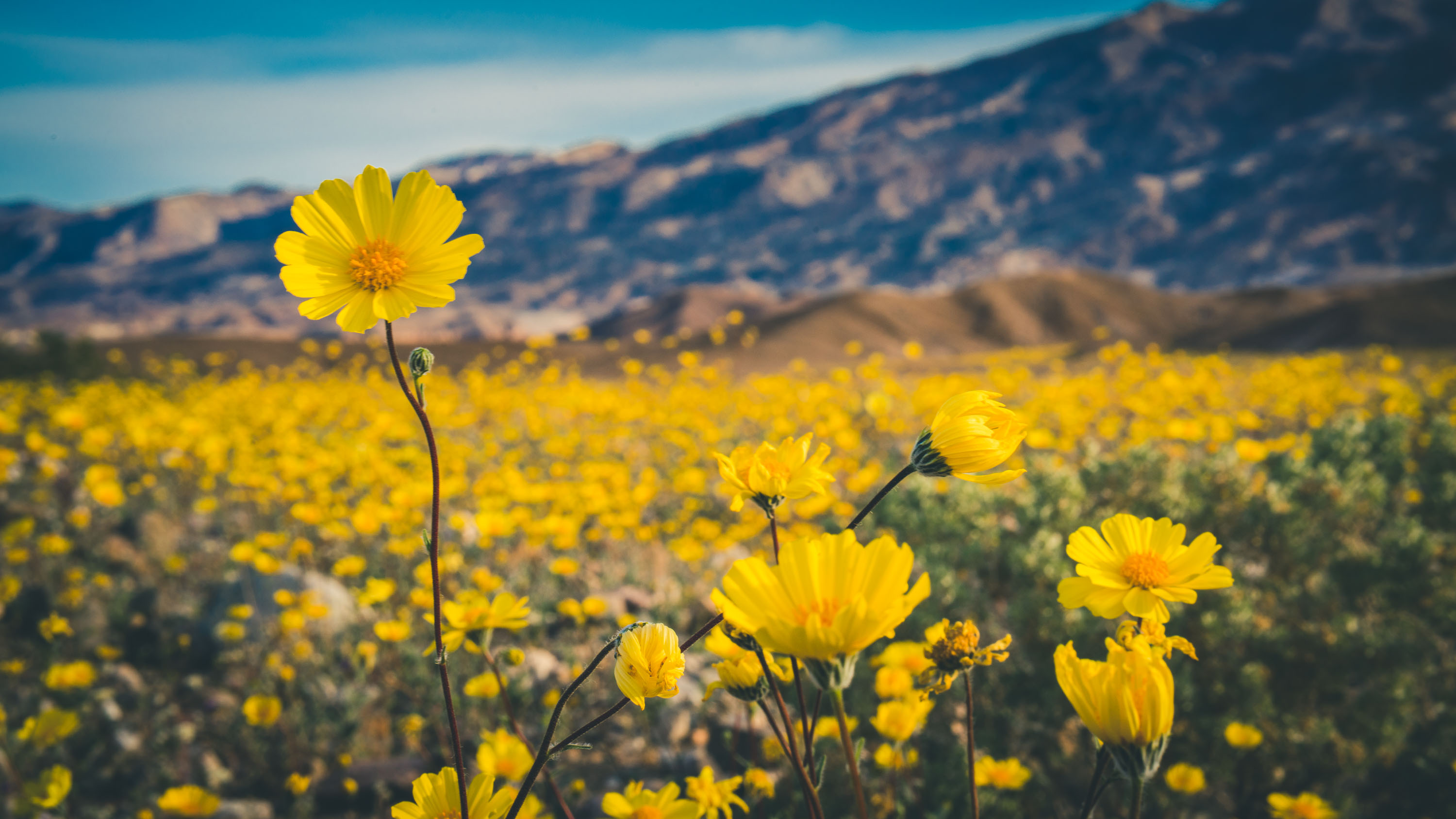
Death Valley National Park
California
By Stephanie Grace
American writer, Mary Austin, describes Death Valley as “a land of lost rivers, with little in it to love; yet a land that once visited must be come back to inevitably.” After spending a weekend exploring Death Valley National Park, we couldn’t agree more.
We were first lured to Death Valley with the promise of wild heliotropes, desert paintbrushes, and ghost flowers. On the drive back to LA afterwards though, after two days and nights exploring, we felt disillusioned from our desert assumptions. The wildflowers cascading over hills and sprawled across basins were more than the media had promised, but they weren’t Death Valley’s only captivating rarity.
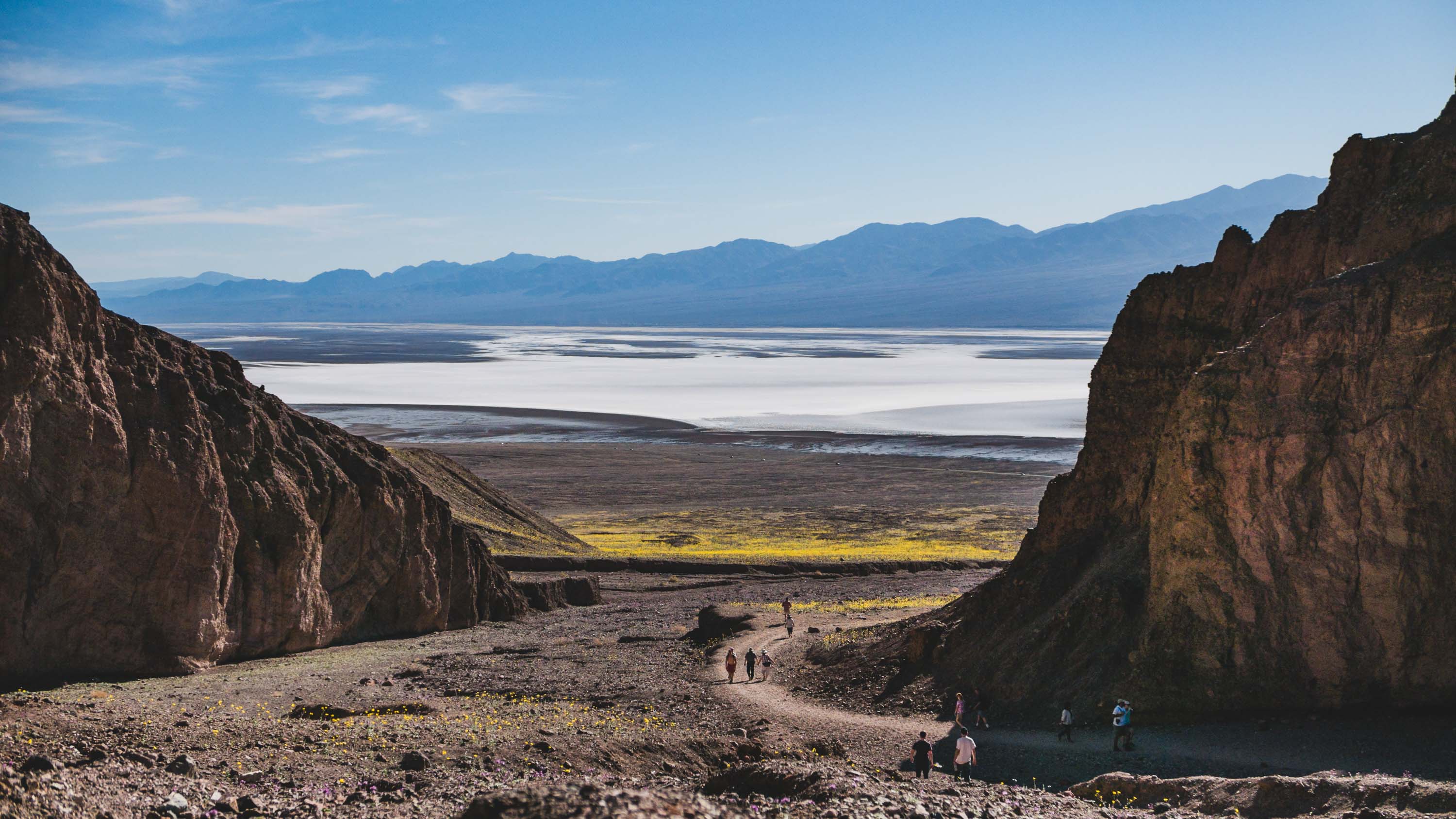
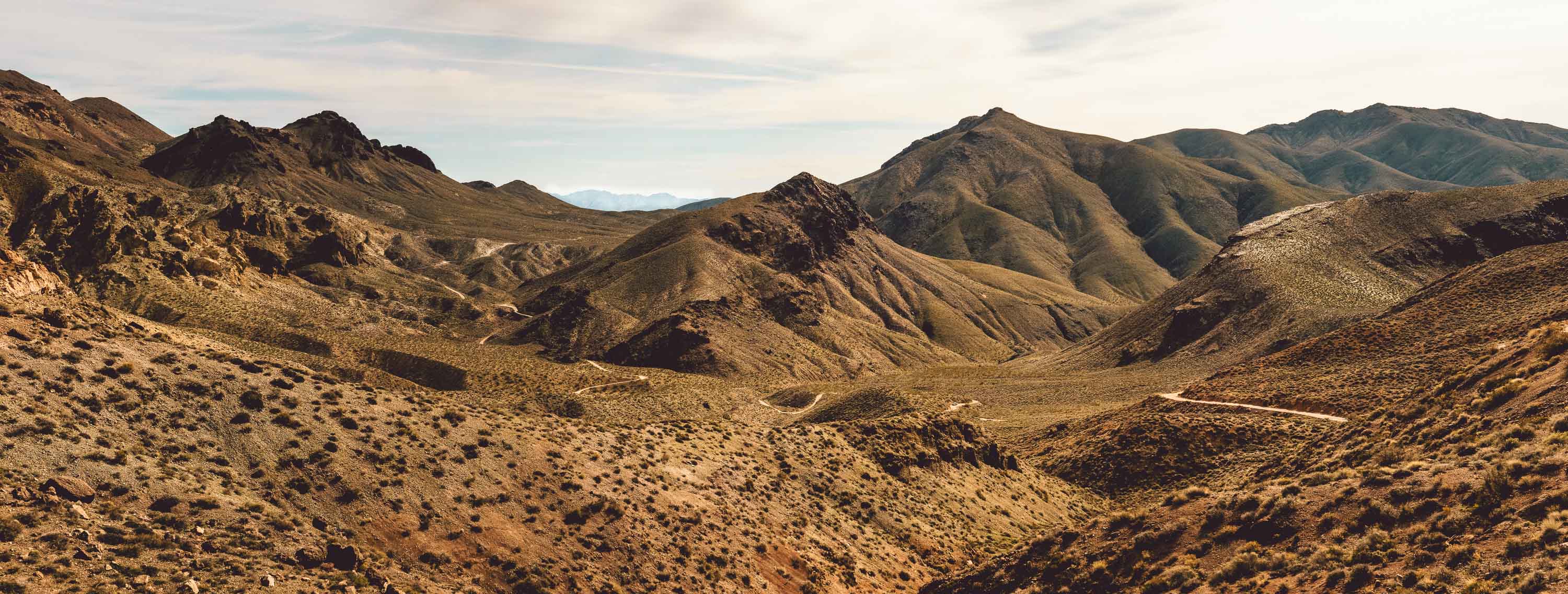
Titus Canyon – The Indigenous peoples who lived in Death Valley National Park named themselves and Death Valley after the ochre painted rocks: Timbisha
Moonrise, on a work-week Friday night, we pulled over at Father Crowley Point. No headlamps or car lights were needed. We navigated our fingers across the paper map of Death Valley National Park’s first-come first-serve campsites and wilderness areas. Off the paper, we looked out at the full moon peeling mountain shadows from the valley floor.
We navigated our fingers across the paper map of Death Valley National Park’s first-come first-serve campsites and wilderness areas. Off the paper, we looked at the full moon peeling mountain shadows from the valley floor.
A few more miles in Maz, our car, and we ended up on a backcountry road off of Emigrant Canyon. We parked, walked 50-feet from the road and set up camp in a designated wilderness area of Death Valley National Park. Leave No Trace principles and a wilderness permit are your only requirements for camping like this.

When morning broke, we shimmied out of sleeping bags and reloaded the car. My need for a hot morning coffee led us into town. Stovepipe Wells Village has a few immediately necessary items: coffee, gas, and a saloon. There are also first-come first-serve campsites here, and if you’re lucky, you can snag one mid-morning, right after people begin to leave. Pay a small fee and tack the receipt tag to your campsite’s post, and you’re good to go.
Badwater Basin’s salt flats stretch for almost 200 square miles, adding to the white-hot heat of Death Valley. Don’t be fooled, these salt flats are not soft, white sand but actually sharp salt crystals.
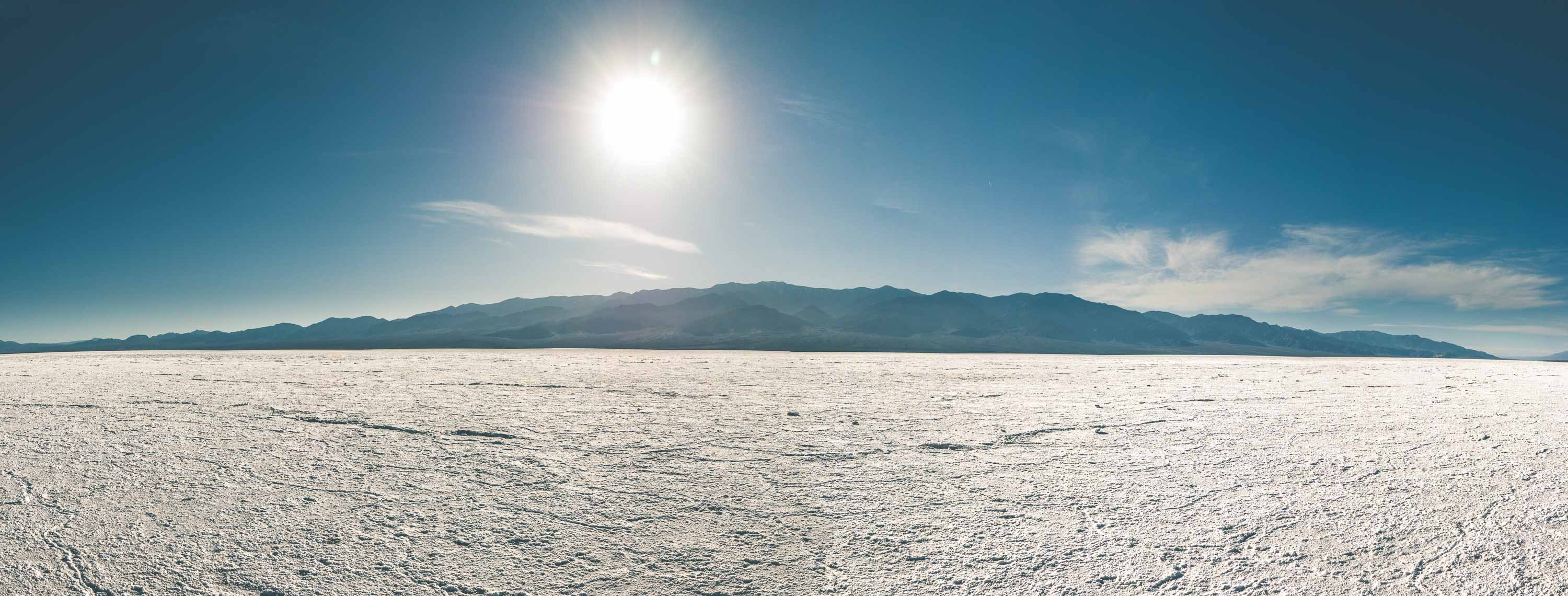
Sunbaked Badwater Basin
Partially shaded by canyon walls carved from flash floods, Natural Bridge offers a somewhat cooler hike from the valley floor. Round trip from trailhead the hike is about 2 miles.
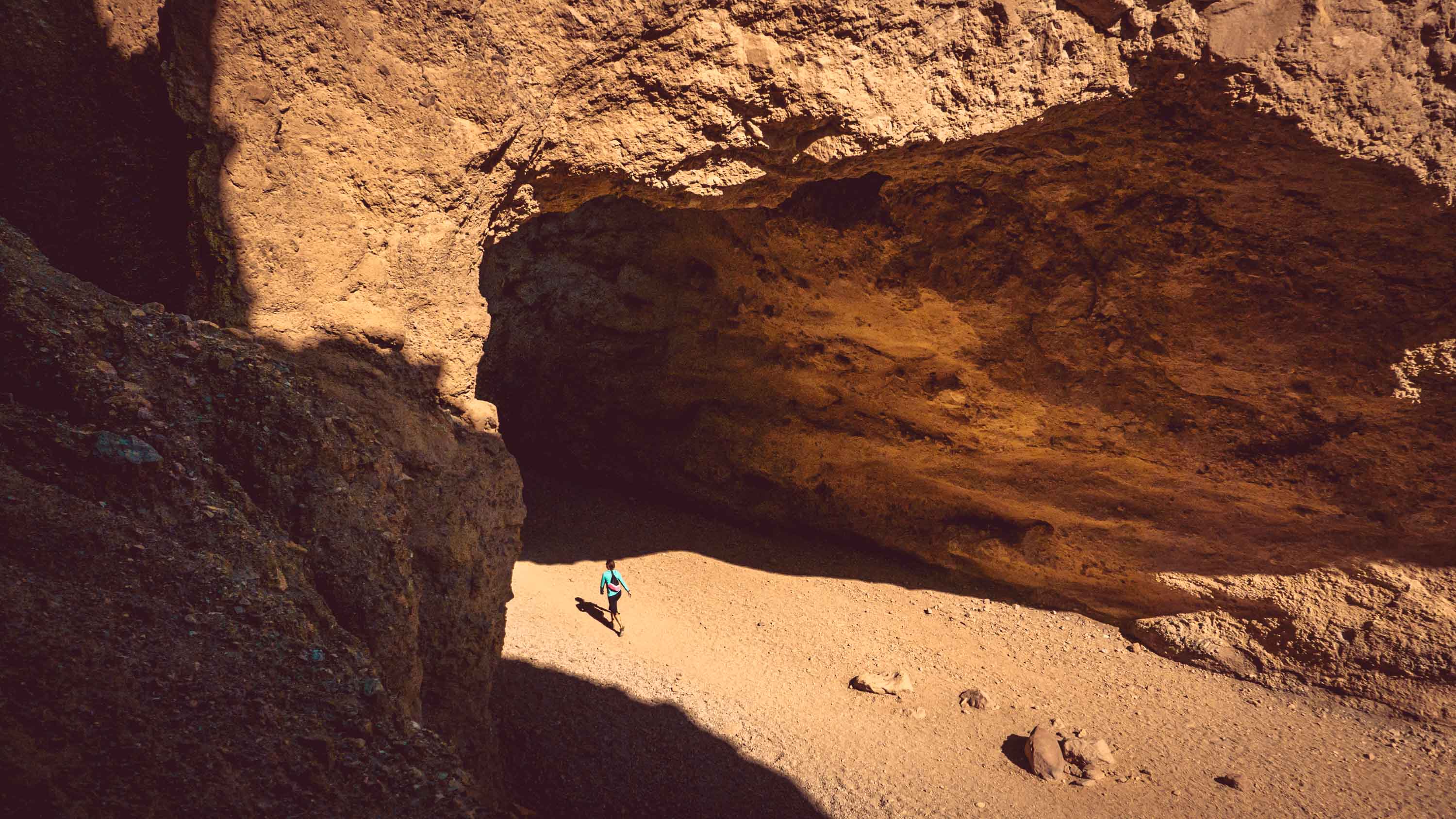

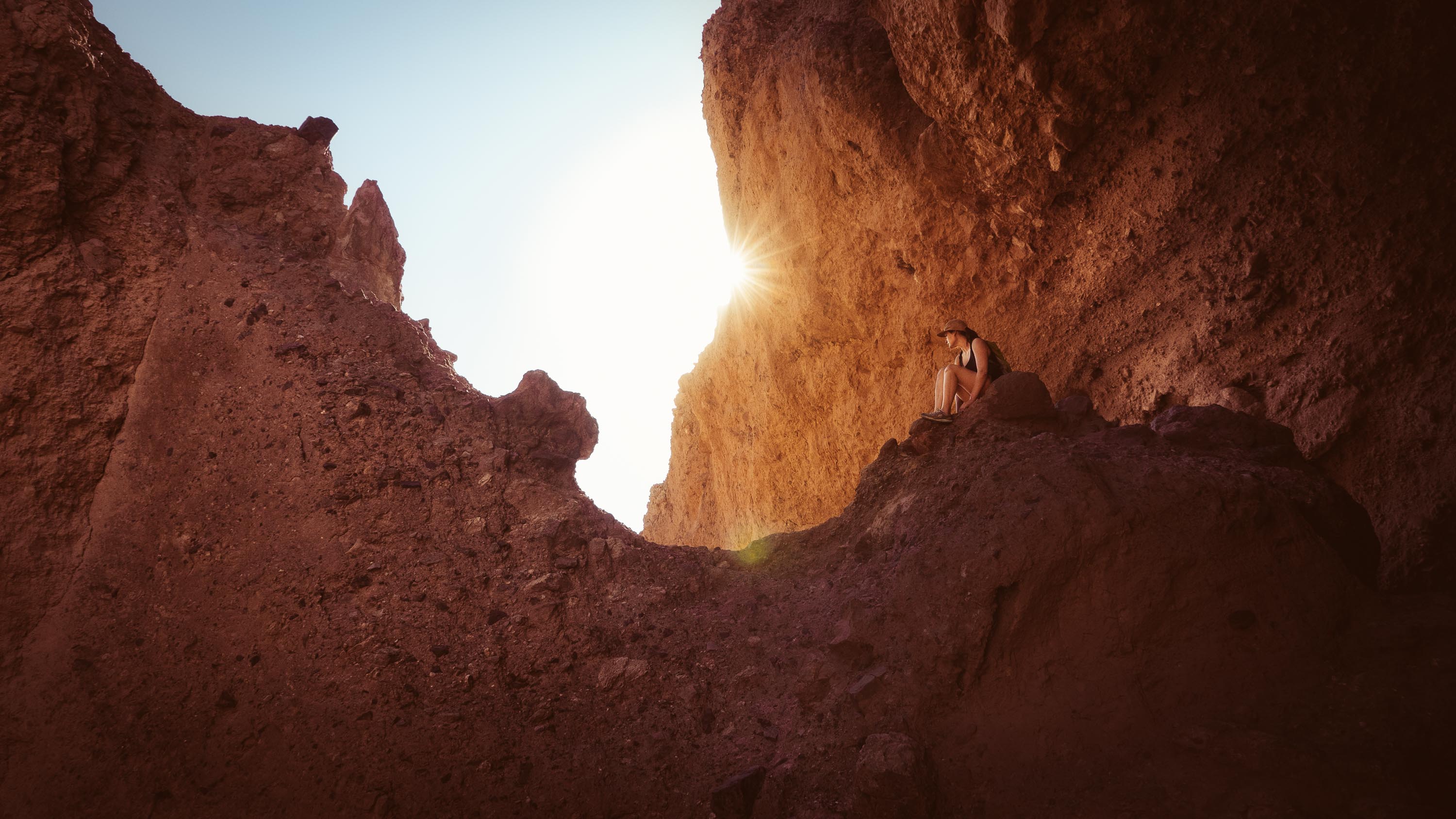
To escape the midday heat, we headed out to Titus Canyon. Along the way, we snapped our first photos of Death Valley’s famed wildflowers. Titus Canyon is a high-clearance 4WD road. Maz is a Mazda CX-5 and we made it through–no problem! (However, the road conditions change from year-to-year, so drive safely and make smart choices, everyone!)
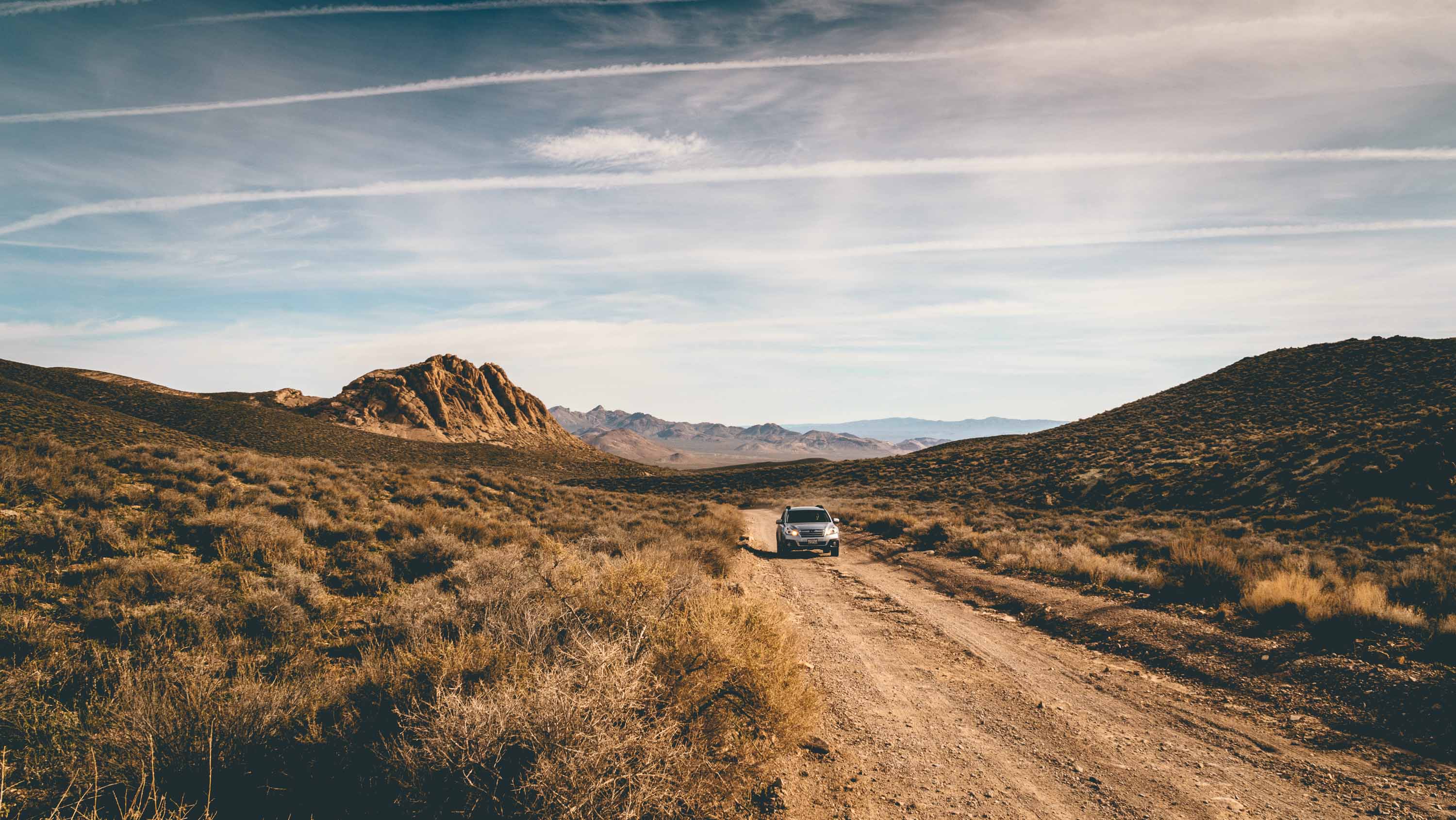
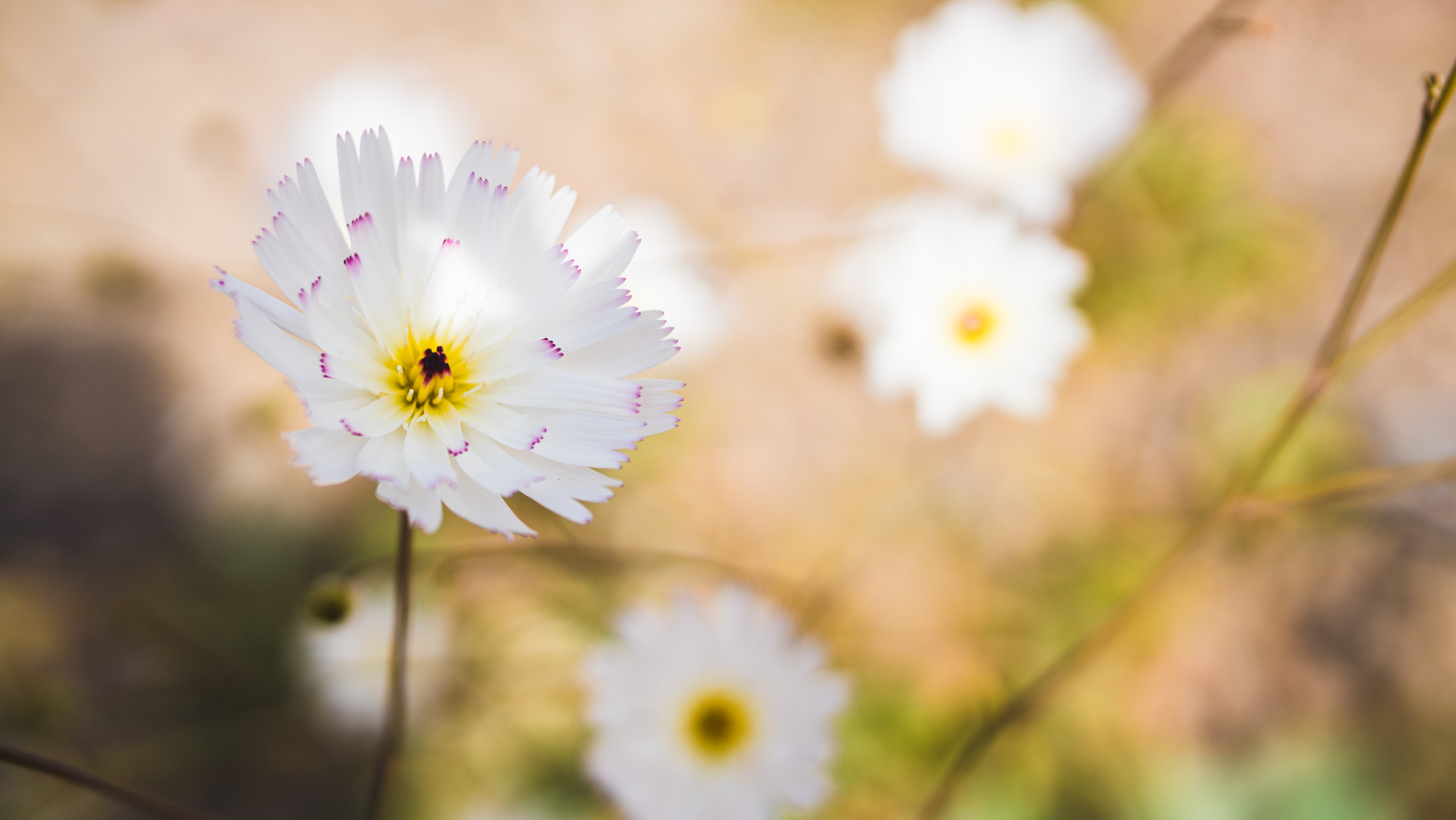
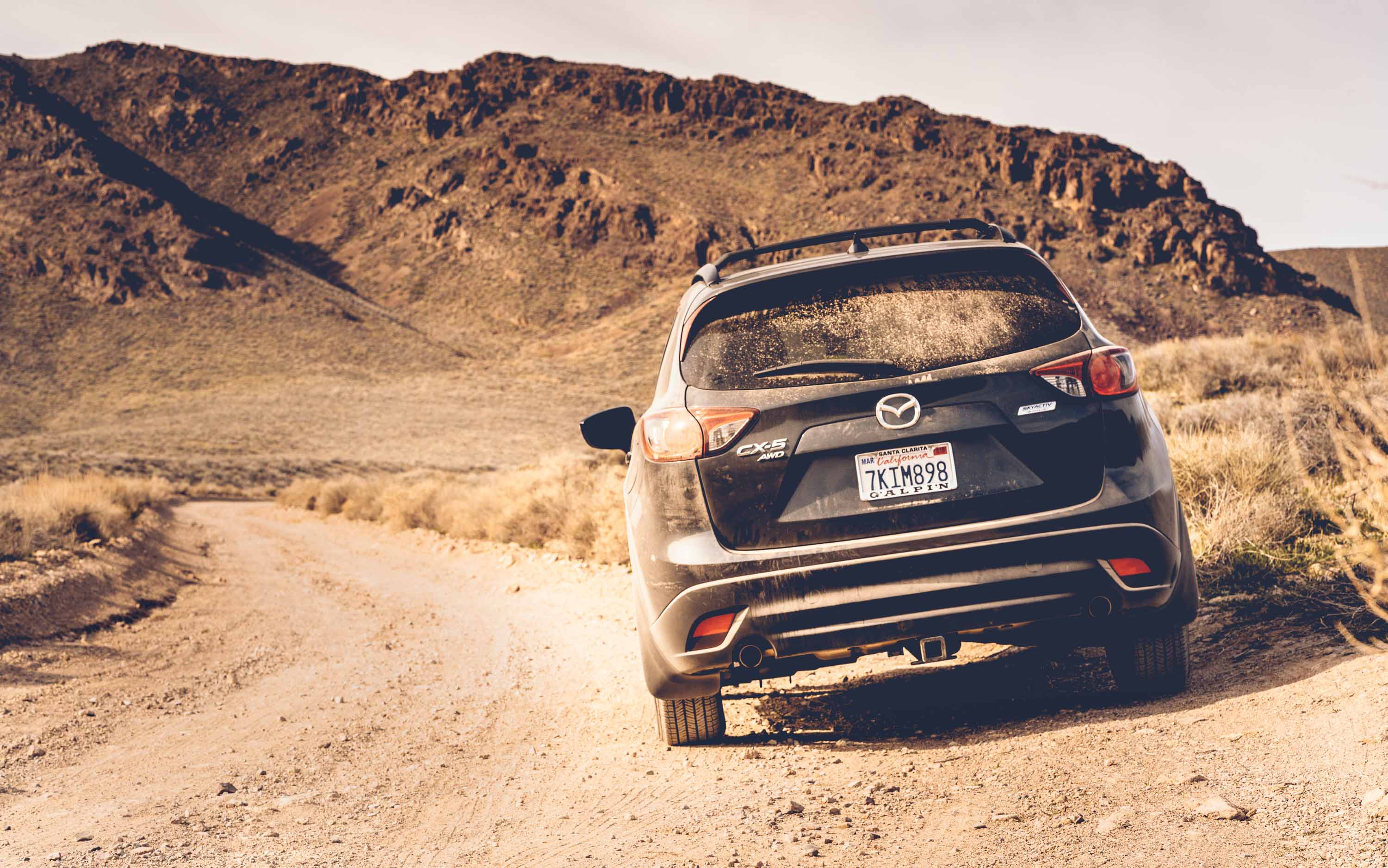
How often do you get to see a sunset’s reflection in a salt crystal creek? We stopped at the Tucki Mountains at Salt Creek before heading to the more photographed Mesquite Dunes, and we were not disappointed with how we chose to end our Saturday and second night in Death Valley.
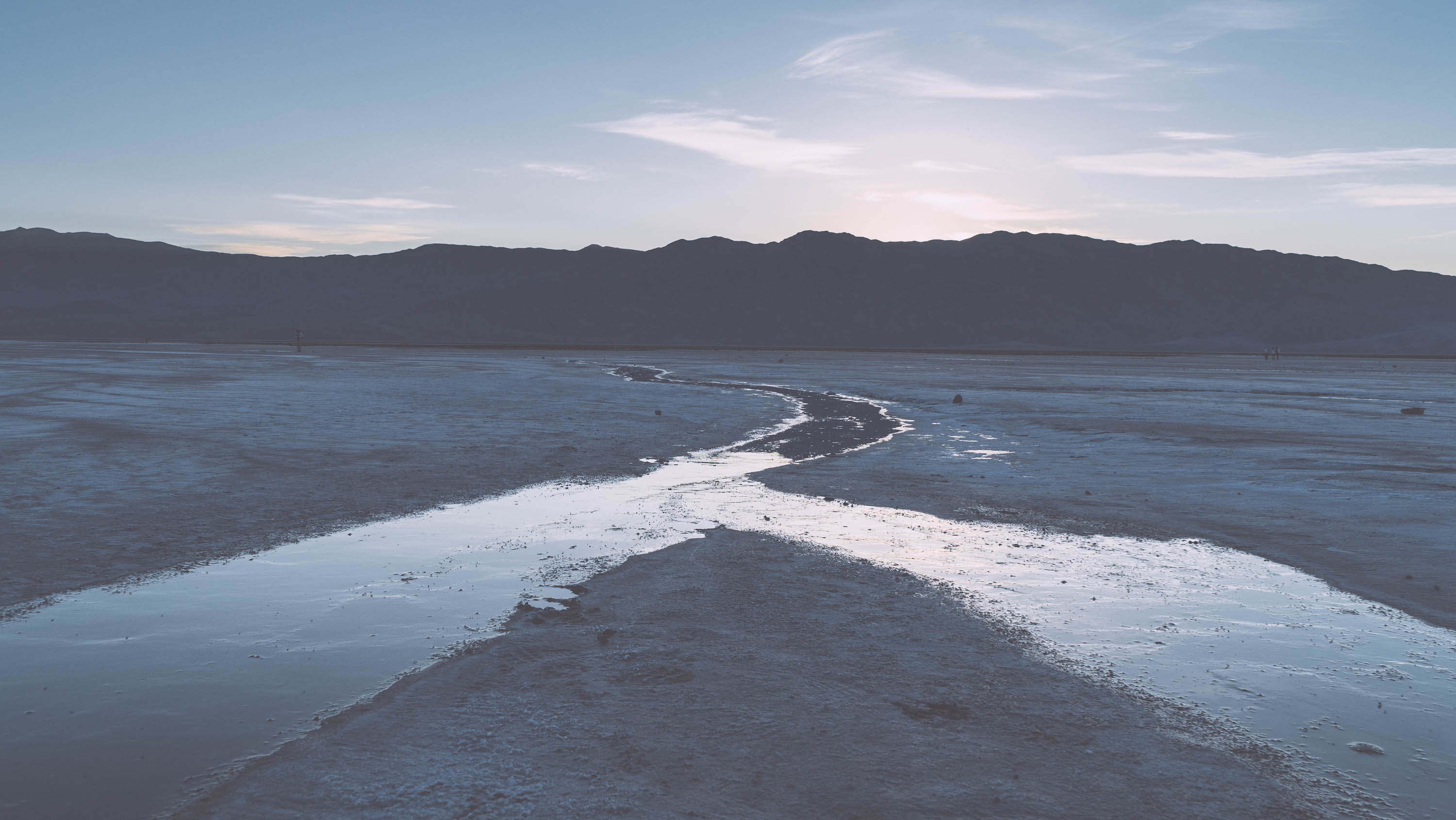
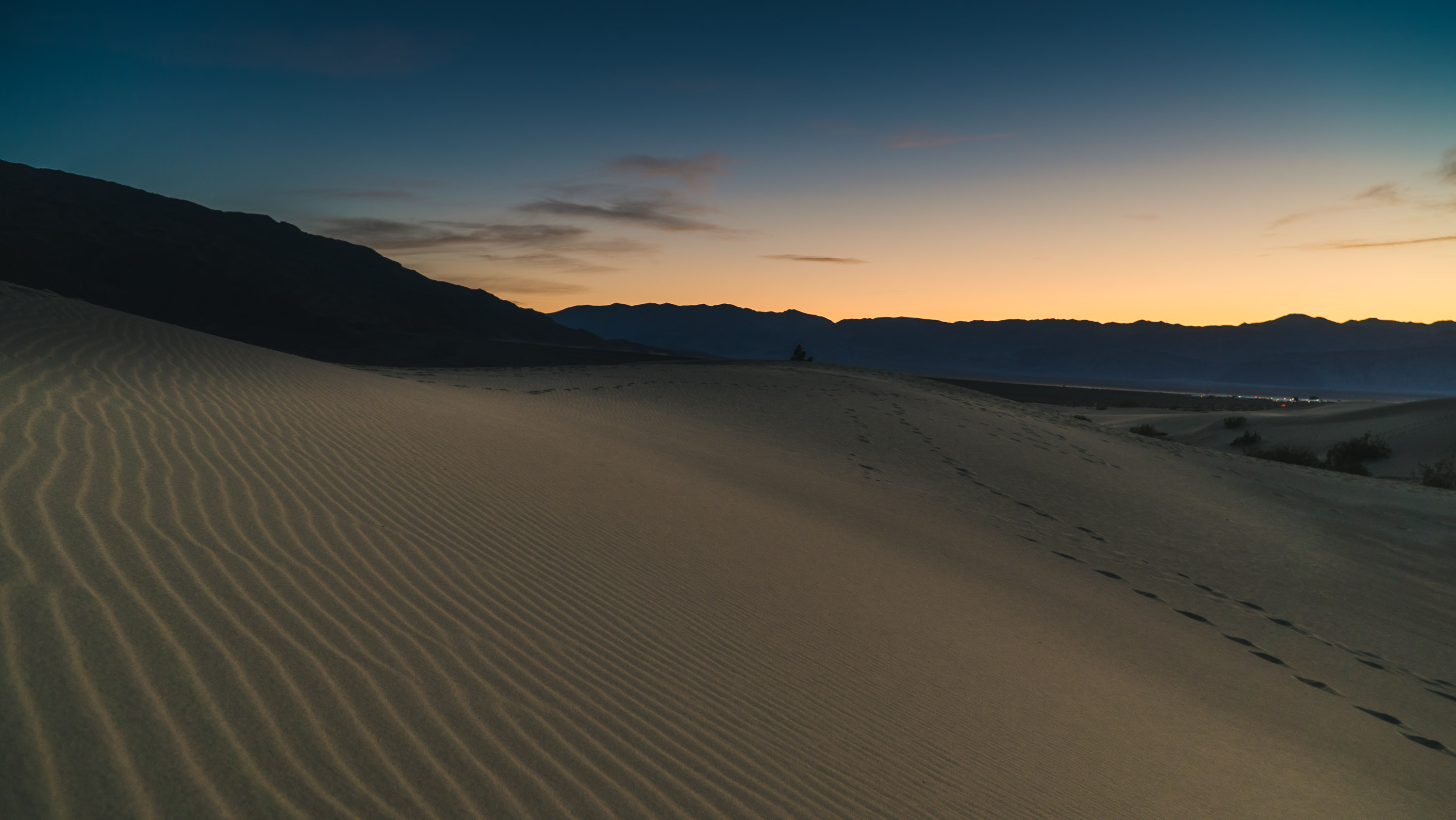
Sunday morning, leaving our Stovepipe Wells Village campsite at dawn, we headed to Beatty Cutoff. At Beatty Cutoff, we set up the camera and made coffee on the side of the road to pass the time while the sun rose over Death Valley’s wildflowers.
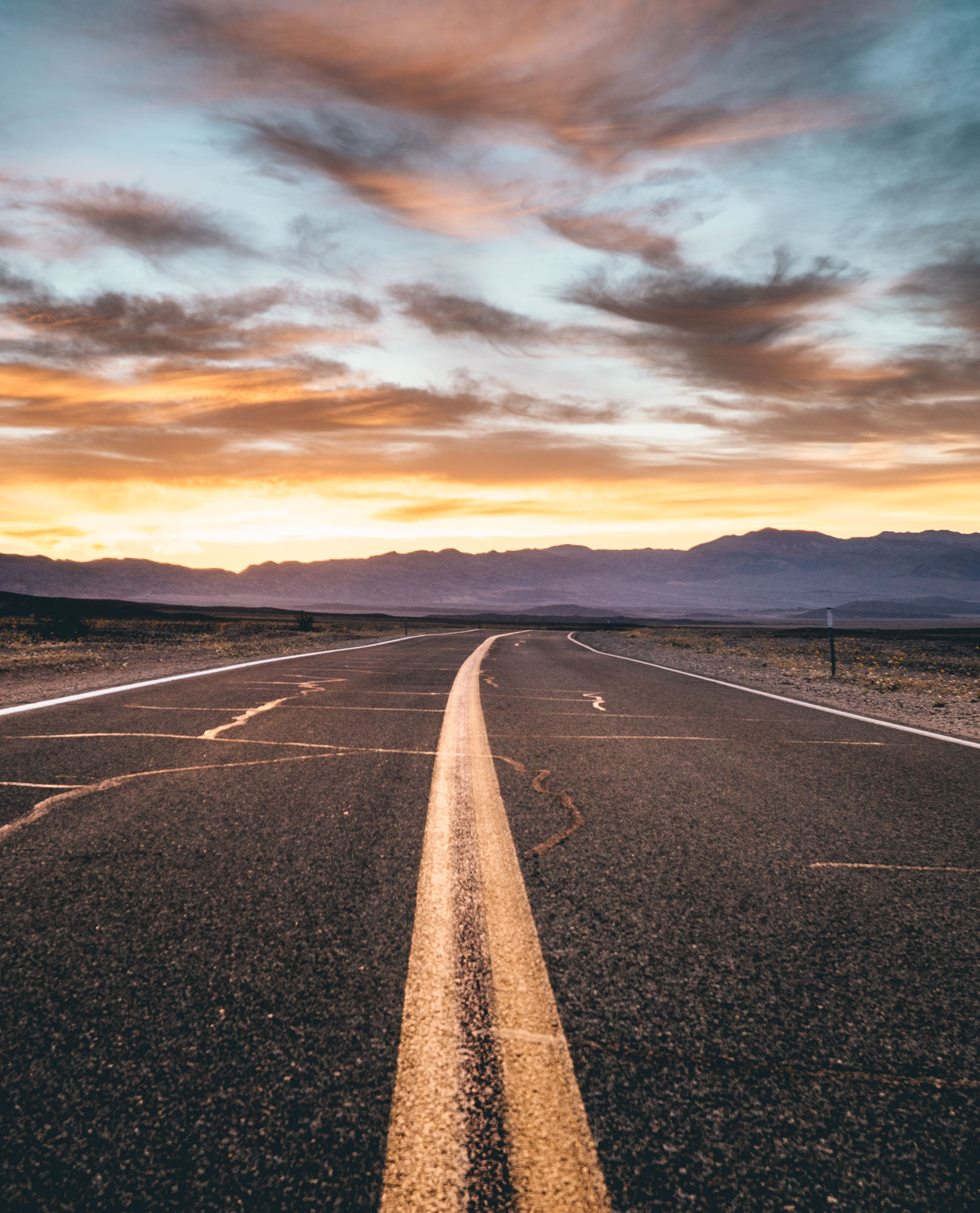
Our last stop before we hit the road, Darwin Falls is proof itself of Death Valley’s habitat diversity. A 2-mile round trip hike will take you into this lush oasis. Pack a lunch with you and enjoy the cooler temperatures you missed all weekend before heading out.
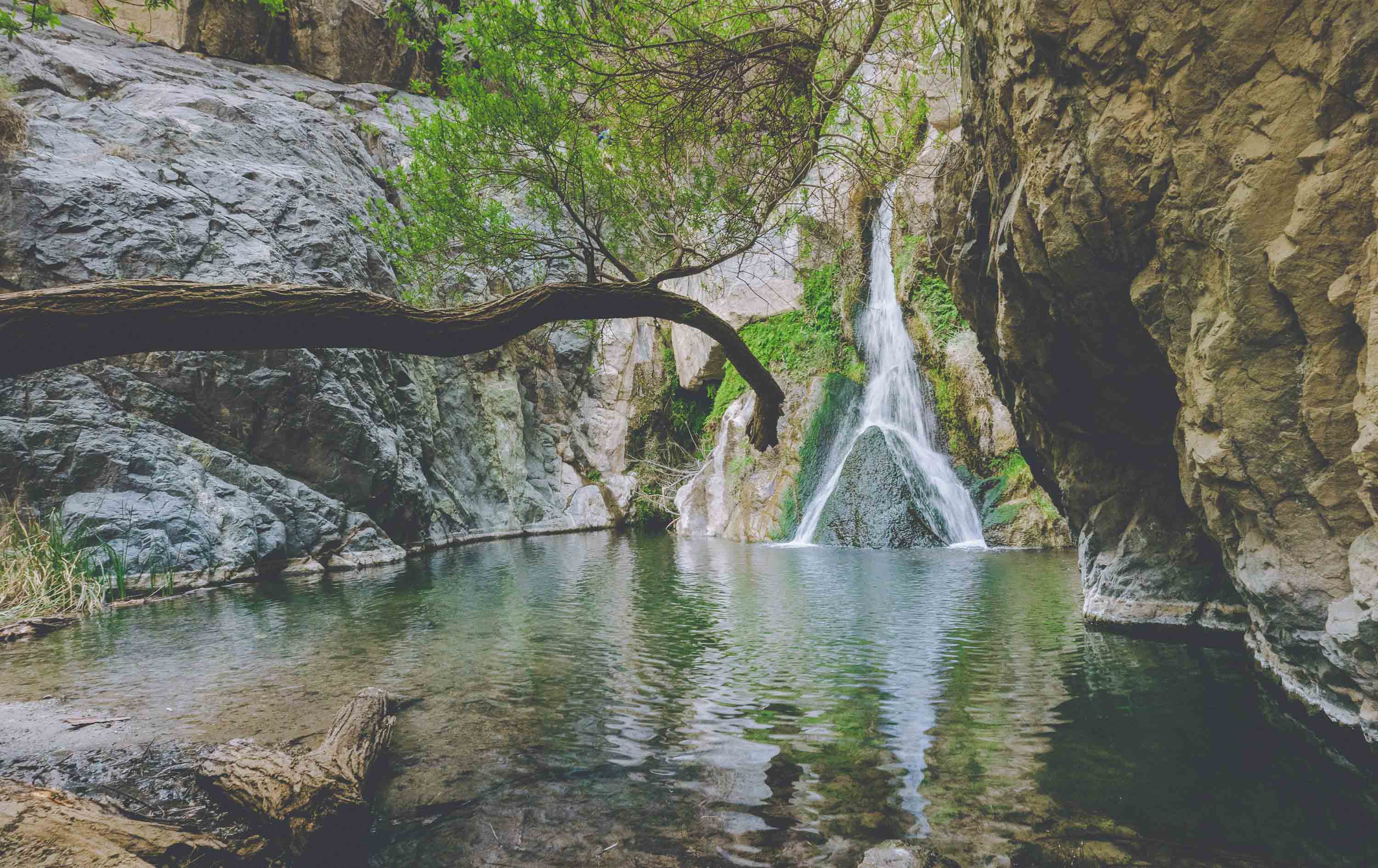
Photos courtesy of Stephanie Grace and LUSEA CREATIVE
Stephanie Grace is a member of the San Carlos Apache Ndeh Nation and writer/owner of LUSEA CREATIVE. When she’s not writing at the desk, she’s out in the field with her adventure pup – Lucy. You can follow their adventures on Instagram.

I love Death Valley. I’ve spent three weekends there but still have so much to see and explore. Beautiful photos, what is your camera set up?
Us too! We are dying to go back! Camera setup is a Sony a7rii 25mm and 85mm and a Panasonic lx100